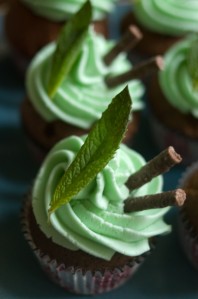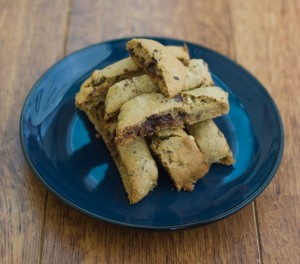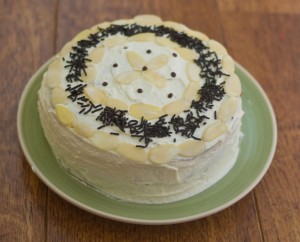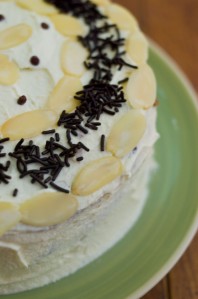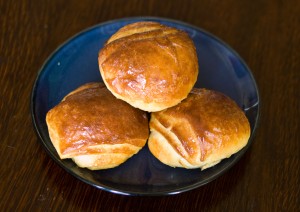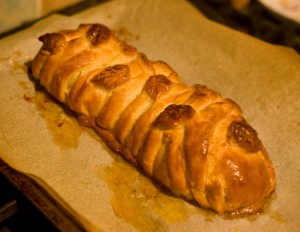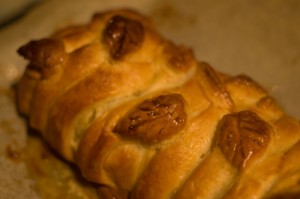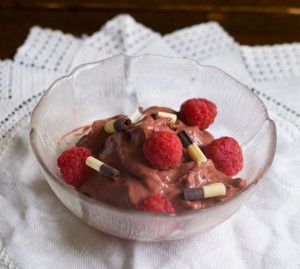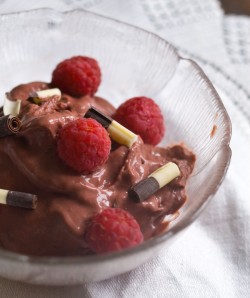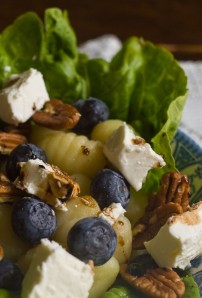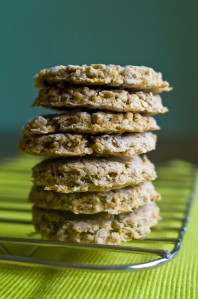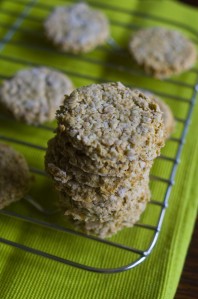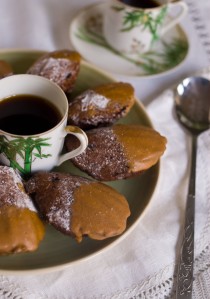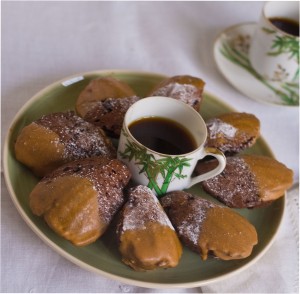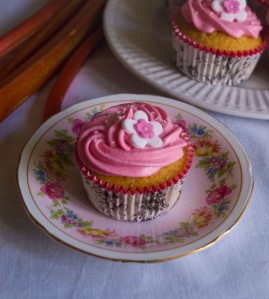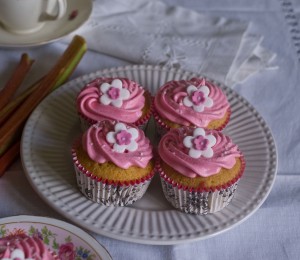When I was younger, I used to go to orchestra on a Friday night, held up at the local high school (later to be mine). In between junior and intermediate orchestra, the parents association used to hold a tuck shop, selling chocolate bars and pick’n’mix sweets to hungry string players. This stall, formed of three school tables provided me and my brother with our weekly treats – we were given some money and were able to buy sweets for the following week. Now early on, I would choose white chocolate mice – something I still associate with being very small, but soon moved onto mint imperials. The reason? Quantity – you would get 10 for the price of 5! I was too young to completely understand the concept of bulk buying, but I knew I wanted as many sweets as I could get for my money! And thus began my affection for mint.
Fast forward a few (a lot) of years to Sixth Form college, and we discovered the local ‘Home Bargains’ store, particularly the confectionary section. It was here that I got introduced to Poppets (peppermint creams covered in dark chocolate) and it was here that my liking for mint developed into an obsession for mint chocolate. Even now, I cannot say ‘no’ to an After Eight, and woe betide the person who leaves a box in front of me…
These cupcakes are based on this favourite flavour combination and combine a dark, dense chocolate-peppermint cake, with a mint infused chocolate ganache and a mint-flavoured buttercream. Decorate with mint matchmakers (if they last long enough) and enjoy, after eight or indeed at any time.
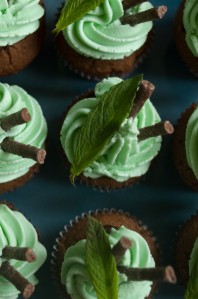
Chocolate Mint Cupcakes
Ingredients:
Cupcakes:
- 4oz butter, softened
- 4oz caster sugar
- 2 eggs
- 4oz plain flour
- 1.5 tsp baking powder
- 2 tbsp cocoa powder
- 1 tsp peppermint extract (optional)
Chocolate Mint Ganache:
- 100ml double cream
- 10 mint leaves
- 100g dark chocolate
Chocolate Mint Frosting:
- 250g icing sugar
- 80g softened butter
- 20ml whole milk
- Peppermint extract
- A few drops of green food colouring
- 2 tbsp cocoa powder
Instructions:
Preheat the oven to gas mark 5/190°C/375°F and line a 12-hole cupcake tin with bun cases. Set aside for later.
To make the cakes, cream together the butter and sugar until pale and fluffy. Add the eggs one at a time, eating after each addition. Add the flour, baking powder, cocoa powder and peppermint extract and beat until smooth. Spoon the mixture into the bun cases and bake in the preheated oven for 25 minutes until an inserted skewer comes out clean and the tops are firm to the touch. Set aide to cool completely.
Whilst the cupcakes are cooling, make the chocolate mint ganache. Heat the cream and the mint leaves until the cream starts to boil. Immediately remove from the heat and take out the mint leaves, before pouring the hot cream over the broken dark chocolate. Stir until all the chocolate has melted and then leave to cool. Using a cupcake corer or a sharp knife, remove the centre of each cupcake and spoon a small amount of the chocolate ganache into each hole.
Make the buttercream icing by beating together the butter and icing sugar until thick and fluffy, adding the milk to bring the mixture together. The mixture will take about 5 minutes to become thick and fluffy – if you have a stand mixer this is very useful! At this point, divide the mixture into two halves. Add the cocoa powder to one portion of the buttercream and beat thoroughly to combine. To the second portion, add the peppermint essence and the green food colouring and beat thoroughly.
To make the two-tone icing bags, fill two icing bags, one with the mint buttercream and one with the chocolate buttercream. Cut about half and inch off the end of each, and place both bags into a third bag with a large star-shaped nozzle on the end. Try out the duo-bag on a spare cupcake, to ensure that it does not have any trapped air bubbles that may disrupt the flow, before using it to top your cupcakes. Decorate with chocolate decorations as wished

